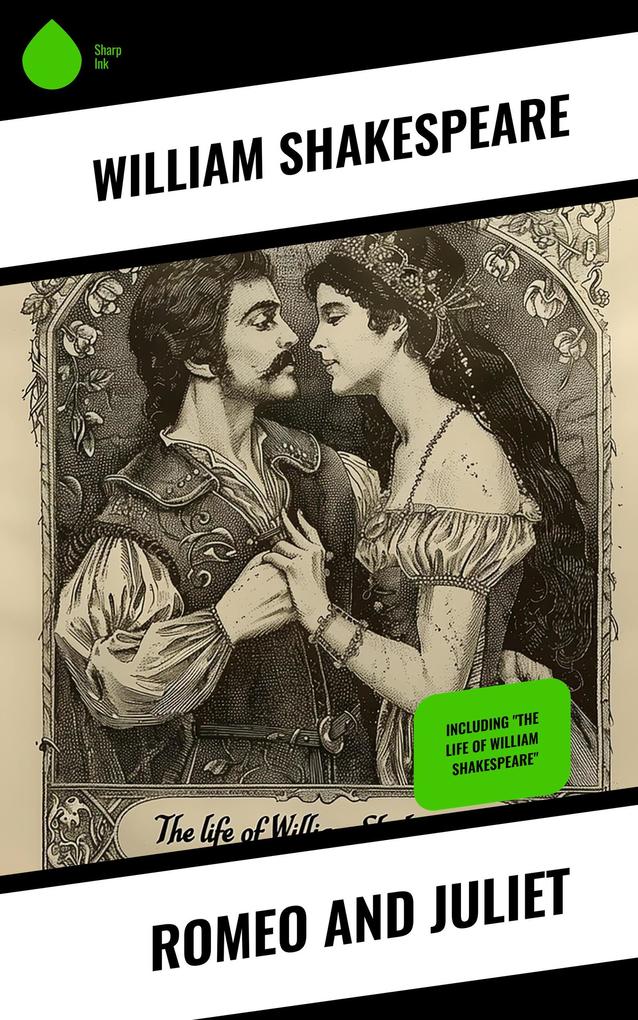
Sofort lieferbar (Download)
In his timeless tragedy "Romeo and Juliet," William Shakespeare skillfully explores the tumultuous forces of love, fate, and conflict that ultimately lead to the demise of two star-crossed lovers. Written during the Elizabethan era, the play employs a rich tapestry of poetic language, characterized by its use of iambic pentameter and layered imagery. The vivid interplay of light and dark, love and hate, crystallizes the intense emotional landscapes of its characters, rendering a poignant commentary on the themes of youthful passion and the societal constraints that impede genuine connection. Shakespeare, often hailed as the Bard of Avon, was deeply influenced by the social and cultural milieu of Renaissance England, where themes of love and tragedy resonated profoundly. His own experience with love, loss, and familial strife, as well as the integration of classical influences, shaped his dramatic prowess. "Romeo and Juliet" reflects his ability to encapsulate the complexities of human emotion, drawing upon both personal and societal narratives that echo through time. This masterpiece is recommended for anyone seeking a profound exploration of the human condition. Its tragic beauty encourages readers to reflect on the fragility of love and the consequences of family loyalty, making it a relevant and compelling read for both contemporary audiences and lovers of classic literature.
Produktdetails
Erscheinungsdatum
23. März 2023
Sprache
englisch
Dateigröße
0,72 MB
Autor/Autorin
William Shakespeare
Verlag/Hersteller
Kopierschutz
mit Wasserzeichen versehen
Produktart
EBOOK
Dateiformat
EPUB
ISBN
9788028297435
Entdecken Sie mehr
Bewertungen
0 Bewertungen
Es wurden noch keine Bewertungen abgegeben. Schreiben Sie die erste Bewertung zu "Romeo and Juliet" und helfen Sie damit anderen bei der Kaufentscheidung.









